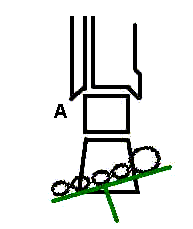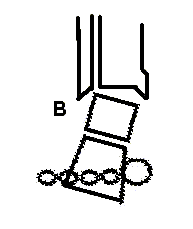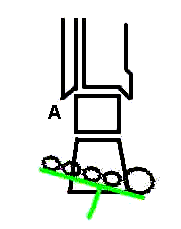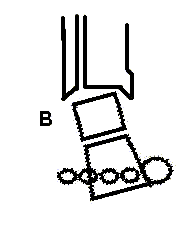In uncompensated rearfoot varus (A), the calcaneus (and forefoot) are inverted when the subtalar joint is neutral.
The person compensates (B) by pronating STJ to allow medial heel to touch the ground.
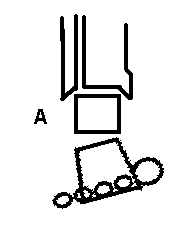
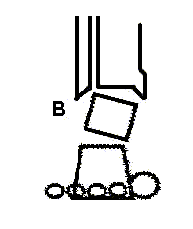
Compensation retards supination during midstance/terminal stance.
The therapist can eliminate the need for compensation by supporting the deformity using an orthosis with a medial heel wedge.
